A Writer Lost His Singing Voice, Then Discovered The ‘Gymnastics’ Of Speech
Enlarge this image
loops7/Getty Images
Shots — Health News
How My Voice Went Silent
The term «vocal cord, he learned, can be misleading.
«Our vocal cords don’t produce sound like a violin string or a guitar string, he says. «In fact, it’s a valve at the top of our throat that, under pressure from the lungs, vibrates in this way that chops the air into these pulses.
Colapinto says even the simplest of sentences — like «give me the salt — also requires a complex set of the vocal «gymnastics of the tongue and throat that relies on timing and gives rise to a sort of music that is human speech.
Enlarge this image
Simon & Schuster
Coronavirus Live Updates
Dr. Anthony Fauci Has Surgery To Remove A Polyp From Vocal Cord

Music News
The Surgery That Saves Silenced Singers
This is one of the mysteries of the voice. We still know so little about it, but as far as doctors understand, these polyps really begin with bleeding within the vocal cord itself, which is effectively a bruise. And if you bleed without any stanching of that bleeding, you can develop this scar tissue in this bump. …
If you have a pure, clear singing tone like Barbra Streisand, let’s say, you indisputably have very clean edges to your vocal cords. They meet flush, they chop the air really nicely. If you’ve got a lump on the vocal cord like me, you get all this extra turbulence. You get air passing through in funny ways and you get rattles and and all of these other things. The vocal cord is also burdened with this extra mass on it. So I cannot as effectively and smoothly change the pitch of my voice — because we really do that by tightening or slacking the tension on the vocal cord, and that’s been kind of messed up for me too.
Author Interviews
When Mom Is Mary Poppins: Julie Andrews Writes Memoir With Her Daughter
On the delicate surgery to repair vocal cords and remove polyps
What [surgeon Steven Zeitels] does is he gets the person lying on their back, puts them unconscious, and also introduces a paralyzing agent to the entire body, because the slightest move while he’s operating on a vocal cord will only make matters worse — because he’ll nick healthy tissue or something. But the person’s lying on their back and their head is tilted back. And then this instrument is introduced down the throat that pries the vocal tract open. The weight of the body is used to kind of pry the whole vocal tract opened and he then reaches down the vocal tract, the throat, with these tiny scalpels and little devices for plucking at the flesh, and he’s got them in both hands and they’re on, like, long knitting needle extensions that go down the throat. And he’s looking through a stereomicroscope that’s aimed down there with a little light on it. And he’s making these meticulously tiny movements with his fingers to do this astonishingly delicate surgery on these vocal cords. … The patient has to remain silent for six weeks afterwards so that everything can heal on its own. … It really is this exceedingly delicate surgery.
Enlarge this image
John Colapinto is a staff writer for The New Yorker. He’s the author of the non-fiction book, As Nature Made Him, and the novel, About The Author.
John Vincent/Simon & Schuster
hide caption
toggle caption
John Vincent/Simon & Schuster
The Two-Way
Google’s New Voice Bot Sounds, Um, Maybe Too Real
And what he meant by that was I was dropping my voice into a pitch where the part of my vocal cord that would still chop the air cleanly would do that. But it meant that I was, to a degree, removing what linguists call the prosody from my speech.
And what that is, is the musical up and down — the melody that we actually fit all the lyrics of our speech to. We don’t really realize we’re doing it until we hear someone talk like that. And you cannot listen to someone talk like that. It’s boring. It’s irritating and you lose focus on it.
We’re actually performing a beautiful singing performance in everything we say, from answering the phone when we say «hello and to longer sentences …
There’s another type of prosody called «emotional prosody — which is almost unconscious or is unconscious. And that’s how we ride the music to kind of suggest happiness, sadness — even sarcasm, irony. Well, Dr. Zeitels said to me, «Because you’re dropping your voice into this more monotonic range, you’re really removing the emotion from your voice, or some of it. That hit me hard.
On AI engineers working to make computers sound more human
Maybe 10 years ago, the big tech companies realized, OK, we can kind of make our computers speak the language part, but they don’t sound like humans because there’s no emotion, there’s no prosody, there’s no melody. Well, the way to get that in, they’ve discovered, is also machine learning.
So they take samples of human speech, which they have to label «anger, «fear, «joy, and they play it into the computer’s massive amounts of data. The computer listens to this stuff and sorts it out and begins to assign particular emotions to those melodies in the speech. Computers are now almost as good as humans at hearing the broad emotions in our speech and to be able to produce it in synthetic speech, computer speech. So we are heading into, really, a brave new world where we are really not going to be able to tell that it’s a computer that’s speaking to us.
Sam Briger and Seth Kelley produced and edited this interview for broadcast. Bridget Bentz, Molly Seavy-Nesper and Deborah Franklin adapted it for the Web.
- The Voice
- speech
- singing
Обсудим?
Смотрите также:


